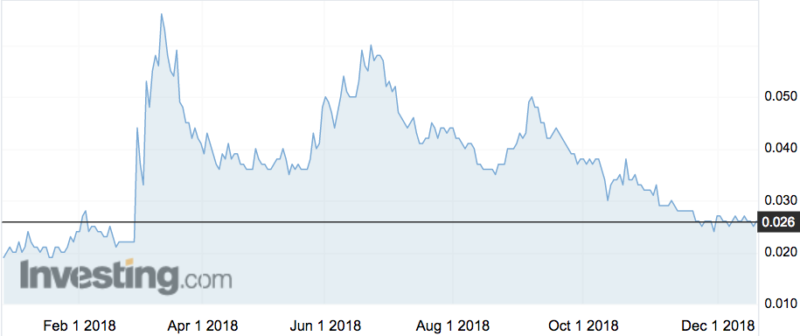Patrys’ cancer drug worked wonders in mice with breast cancer
Health & Biotech
Therapeutic antibody drug maker Patrys has released another round of pre-clinical data showing that its cancer drug has significant potential in mice.
Patrys (ASX:PAB) is developing PAT-DX1, a humanised version of the 3E10 anti‐DNA antibody. The company believes it can be of benefit to people suffering from a wide range of cancers including gliomas, melanomas, prostate, breast, pancreatic and ovarian.
It told the market on Thursday morning that mice induced with triple negative breast cancer brain metastases and then treated with PAT-DX1 improved survival rates from zero to 86 per cent.
Metastasis is the development of secondary cancerous growths at a distance from the primary site of the cancer.
Mice treated with PAT-DX1 showed 93 per cent less brain metastases after four weeks of treatment compared with untreated mice.
The company’s stock opened at 2.6c on Thursday morning.

PAT-DX1 has a wealth of pre-clinical data backing its development into clinical trials. Back in February, PAB shares doubled when the drug was shown to work in mice with human glioblastoma tumour implants.
That was after a 400 per cent run in September last year, following proof the antibody had killed brain cancer cells in the lab.
In October, the company identified triple negative breast cancer and glioblastoma as the two indications it would look to tackle in clinical trials.
Dr James Campbell said triple negative breast cancer was the most challenging form of breast cancer.
“Yale’s demonstration of PAT-DX1 single agent activity against TNBC brain metastases has important implications for the potential applications of PAT-DX1 in the treatment of a wide range of brain tumors,” he said.
“As whole brain radiotherapy is the current standard of care for breast cancer patients who develop brain metastases, Patrys and the Yale School of Medicine will undertake a follow-up experiment in the same metastatic mouse model of TNBC to determine whether PAT-DX1 in combination with radiation therapy might be even more effective than either treatment used alone.”